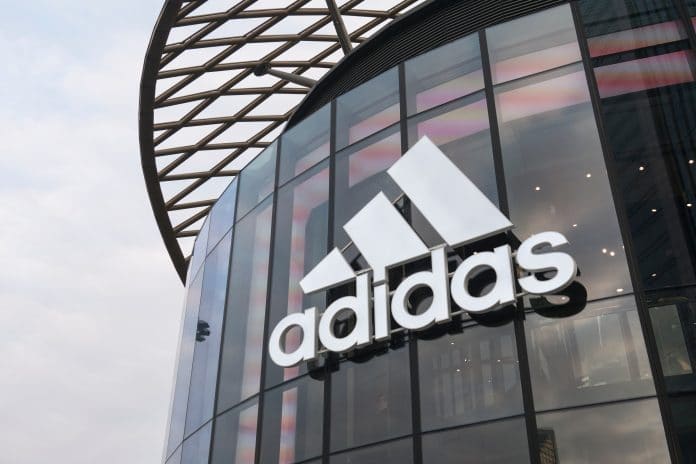// New research from The British Fashion Council reveals that 23 million returned garments are sent to landfill or incinerated
// The report also suggests that free returns will become a thing of the past.
23 million returned garments were sent to landfill or incinerated last year in the UK, which generates 750,000 tonnes of CO₂ emissions, according to a new report from The British Fashion Council’s Institute of Positive Fashion (IPF).
This represents 75% of the approx 3% of all returns that can not be resold.
Incorrect sizing or fit (93%) and product quality not beeting expectations (81%) were the top reasons for shoppers returning clothing, according to the report from the IPF, Roland Berger, and DHL, which looked at UK consumers’ online fashion purchasing and returns behaviour.
Subscribe to Retail Gazette for free
Sign up here to get the latest news straight into your inbox each morning
The research predicted that investments into sizing calculators will become an industry norm and that digital avatars will be an “integral part of the future for fashion retailers”.
Roland Berger has calculated that large retailers with approximately 70% of sales coming from their website, could reduce cost of returns handling by 20-40% with the introduction of sizing calculators and avatars.
The end of free returns
The report also suggests that free returns will become a thing of the past.
Research found that using an environmental message to prevent consumers returning goods currently holds no sway.
However, 56% of shoppers said a returns charge is the measure most likely to prevent them sending items back.
There has been a surge in retailers introducing returns charges over the past year, including Boohoo, Zara, New Look and THG.
The trade-off could be losing customers – but as more companies adopt charges it will become an industry norm.
Meanwhile, retailers are urged to look closely at reverse logistics to reduce costs and meet CO₂ emission targets.
This involves investing in technologies and processes such as digital product passports and automated warehousing so that businesses can make returns operations more efficient, cost-effective, and less carbon-intensive.
BFC chief executive Caroline Rush said: “This project recognises the importance of investing in innovation to secure robust and profitable businesses, while safeguarding the planet and society.
“The responsibility now lies with retailers and fashion businesses to reach the target state by implementing the necessary change across their entire businesses from production to reverse logistics.”
Roland Berger senior partner Siobhan Gehin said: “Tackling the returns issue is being prompted by lower consumption, impending legislation and higher operating costs – the latter probably being the strongest motivator for companies to move from a linear to a circular business model.
“While the future for fashion is circular, achieving it is not an easy task. The prize, though, is that circular fashion businesses are estimated to grow 18% per annum from where they were at the beginning of this decade to 2030, whereas the rest of the market is looking at just 3% annual growth.”
Click here to sign up to Retail Gazette‘s free daily email newsletter


















